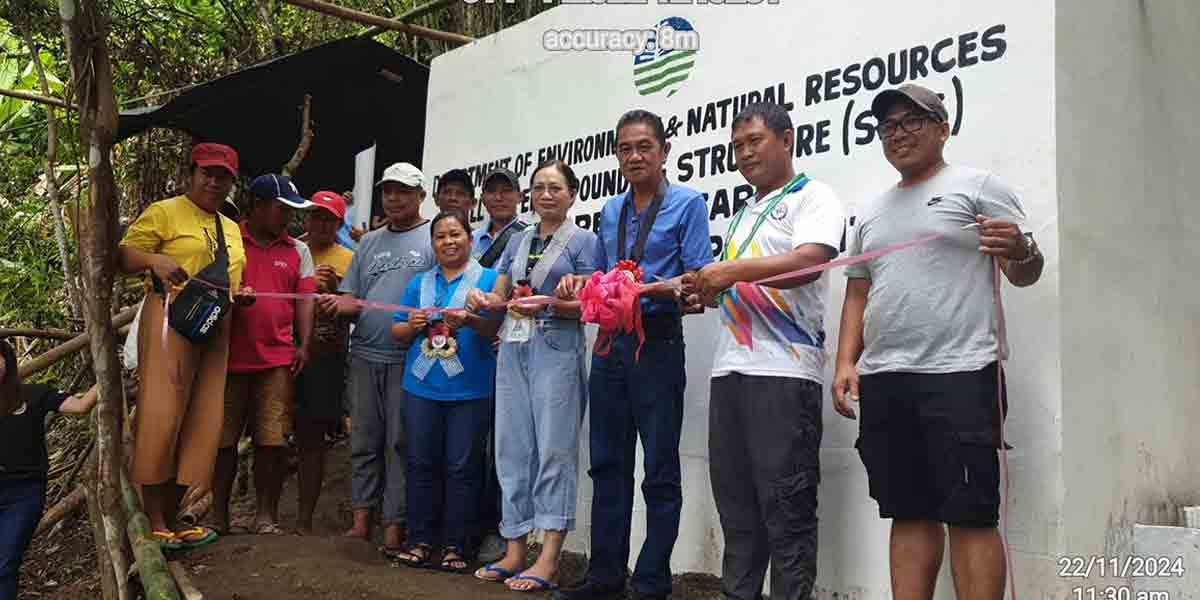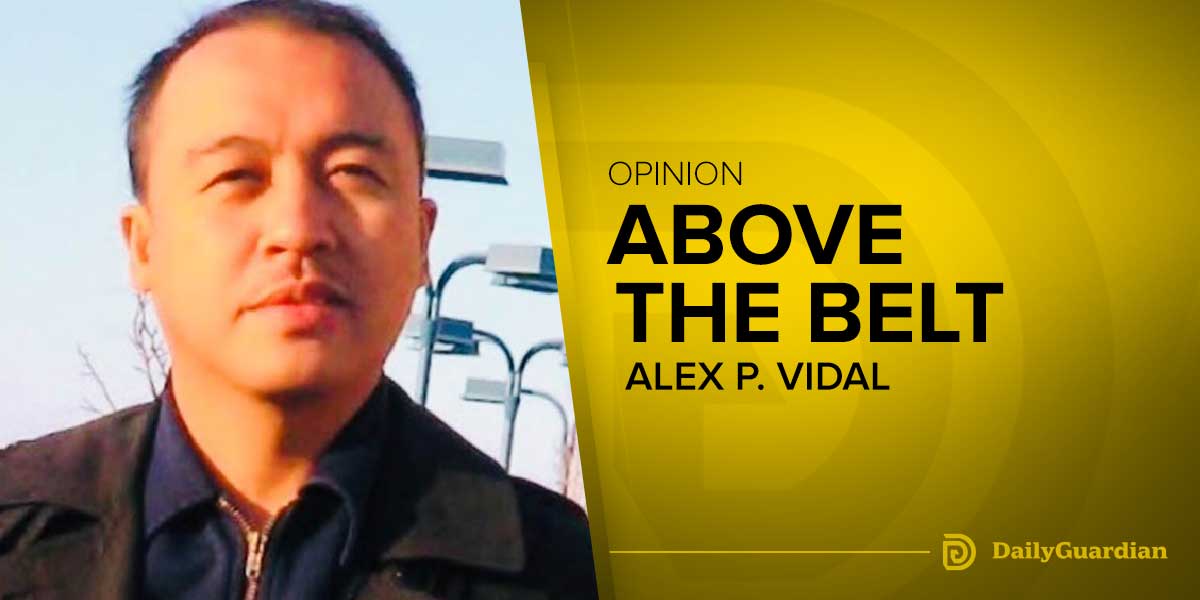 By Alex P. Vidal
By Alex P. Vidal
“Whenever there is a catastrophe, some religious people inevitably ask, ‘Why didn’t God do something? Where was God when all those people died?’”—Tony Campolo
THERE have only been two dominant and hottest topics at least in the Western Visayas region these past weeks: 1) seizures of illegal drugs and arrest of suspected traffickers; and 2) Wuhan coronavirus.
When we read the newspapers and the Internet, listen to the radio, and watch TV’s prime time news, the novel coronavirus topic has refused to move away more than a week after it grabbed headlines around the world.
It’s “made in China.”
Weeks earlier, we landed on the world map when Taal Volcano threatened to eviscerate from the face of the earth a large portion of Luzon.
The event was “made in the Philippines.”
The Taal uproar wasn’t a joke. It could have actually spelled our doomsday.
We were almost a cinch away from the kingdom come. Underwater volcanoes could spew hydrogen sulfide and carbon dioxide into the atmosphere, which many scientists think caused the worst mass extinction in history 250 million years ago, which killed 90 percent of all marine species and 70 percent of land animals.
But there’s an upside even to this, according to Popular Science, the world’s largest science and technology founded in 1872: Bacteria and microorganisms thrive in these conditions, so there’s a good chance of life hitting the restart button.
-o0o-
THE virus attack. How quickly could a single supervirus spread to every single person on earth?
According to Popular Science, if it’s a particularly contagious virus, it would spread across the planet in a year.
“If it starts in New York, it’s going to be in London certainly within a week,” says Ira Longini, a biostatistician at the University of Washington and the Fred Hutchinson Cancer Research Center in Seattle who uses computer models to analyze how viruses globe-trot. “And from there, it will quickly travel to the rest of North America and Europe.”
For Longini’s computer forecasts to become reality, though, certain conditions would need to be met.
First, it should be a strain of influenza. As anyone who has suffered through a bout of flu knows, it affects the respiratory tract, so sneezing and coughing make it easy to infect anyone within a radius of three feet (0.9 m).
The virus must originate in a major city with plenty of airport traffic, to ensure officials are off the trail of the real megabug, says Andrew Pekosz, a virologist and immunologist at John Hopkins University.
The idea seems to freak him out. “With everybody expressing similar symptoms, we’d end up chasing, chasing, chasing, but always being a few steps behind, never really able to interrupt the spread.”
-o0o-
Aside from volcanic uproar, viruses, super typhoons, tsunami, earthquake, there’s also the fear of asteroid strike, etcetera. Can we survive?
A quick, disastrous change in the earth’s climate could easily our terrestrial party early, according to Popular Science.
The United Nations (UN)’s Office for the Coordination of Humanitarian Affairs estimates that, already, up to 70 percent of disasters worldwide are climate-related, affecting about 2.4 billion people over the last decade.
If, as most scientists believe, global warming is set to escalate over the next century, drastic weather events like floods, droughts, and hurricanes are likely to become ever more commonplace.
In the worst-case scenarios, this could lead to massive crop failures, shortages of drinking water, and widespread extinctions—including, perhaps, our own.
-o0o-
Before boarding his flight from Inchon to New York City last night (February 3) via Korean Airlines, Rommel Leal, a Filipino-American who went home last month to watch the Iloilo Dinagyang Festival 2020 in Iloilo City, called me to ask if people here in the Big Apple were wearing the face masks.
I told him there are few New Yorkers who wear masks but they’re mostly in the Chinatown areas in the Flushing in Queens, Canal in Manhattan, and the Sunset Park in Brooklyn.
Leal said when he left the Philippines, “about 90 percent of the people in Manila were wearing masks.”
“The Filipinos take the coronavirus seriously and they are in a state of panic,” Leal reported. “Many (China and Hong Kong-bound vice versa) flights have been canceled.”
He promised to buy masks in Inchon and use them here in New York.
(The author, who is now based in New York City, used to be the editor of two local dailies in Iloilo)




















